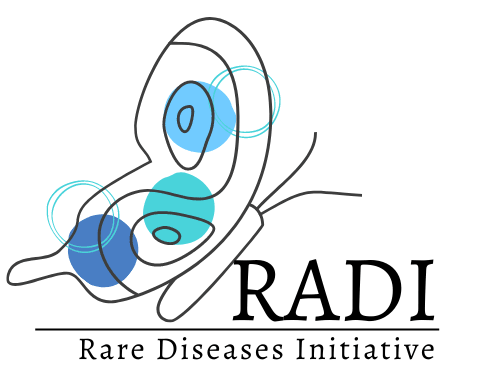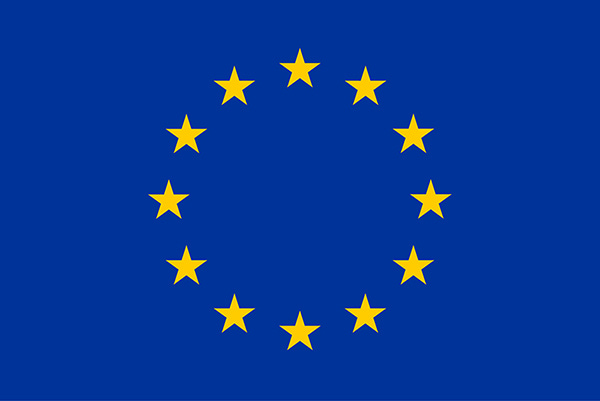Beginnings are hard.
Welcome to the first issue of RADI!
You might be thinking, what is RADI? Or why am I receiving this e-newsletter?
It takes one minute to explain you: RADI means Rare Diseases Initiative and came from my wish to contribute to the rare diseases' community with my scientific expertise. If you read this newsletter, you probably have an interest in understanding more about rare diseases, you may be a patient of the community, or a researcher working with the topic.
Rare diseases (RD) encompass any disease which affects a small proportion / number of individuals in a population. You may have heard of some rare diseases before, but do you know why they are considered orphan diseases? Why rare diseases research has low investment? Or why the rare disease community has a zebra as a symbol? Although they are considered rare, millions of people around the world suffer from rare disease.
Rare diseases are complex conditions with long diagnosis delays, which can have severe effects on patients' health and social lives. Understanding and research of these diseases is crucial to not only improving the quality of life of all those within the RD community, but also to more common diseases worldwide. Therefore, integration, collaboration, and knowledge sharing initiatives can contribute to increasing awareness of rare diseases.
One of the biggest demands from the rare diseases’ community is to find trustworthy information about these complex topics to enable them to better understand the diseases, the diagnostics and potential treatments. Scientists, by contrast, struggle translating complicated terms into simple concepts that anyone can understand. So, RADI aims to share essential concepts to understand rare diseases, the diagnostics, the community or even the drug development process of an orphan drug. As a scientist working to develop a treatment for one of the several rare diseases we know, I felt the need to play my part in this community. And for this, I now have the support of eLife Ambassadors team.
While social media is often chaotic, frequent newsletters help our readership focus on clear and trustworthy content. Our newsletters will also convey exclusivity and trust in a personal manner, as you are a member of the RADI Community.
If you ever want to unsubscribe, it is very easy to do at any time (see link in the footer below). But I hope you stay, and we can share the word of science for the benefit of all!
Did you know the logo of RADI has a secret?
I can't keep a secret for long, and so I need to share with you the meaning of our logo.
The inspiration of the logo came from the fact that blue is the rarest color in nature. It's difficult to find a blue animal, right? That's because, when you find blue in nature, that was not generated by a pigment, but by structures in the animal body that let only blue light reach our eyes. You can understand it in more details here.
And why a butterfly? Butterflies are unique, and their beauty is associated with each one unique patterns of color.
The rare diseases are, of course, rare; but every patient is unique. What makes the rare disease community strong is the way we choose to advocate and communicate about it.
See you in the next issue. ;)
Do you want to contribute to the newsletter?
Feel free to contribute to this newsletter. Please fill out this form and we will contact you soon.
This project has received funding from the European Union’s Horizon 2020 research and innovation programme under the Marie Sklodowska-Curie grant agreement No101030965. RADI was developed with the support of eLife Community Ambassadors programme.







